
AI Task Dependency Analysis: Complete Guide
AI is revolutionizing project management by automating task dependency analysis. Here's what you need to know:
- AI spots connections between tasks and predicts ripple effects
- It slashes delays, boosts productivity, and flags issues early
- Real-world impact: Asana's AI helped Dropbox plan 30% faster
Key benefits of AI task dependency analysis:
- Better dependency identification
- Improved project planning
- Quick adjustments to changes
| AI Users | Non-AI Users |
|---|---|
| 61% on-time projects | 47% on-time projects |
| 69% hit 95%+ of goals | 53% hit 95%+ of goals |
To get started with AI dependency analysis:
- Choose AI tools that fit your needs
- Integrate with existing systems
- Ensure clean, organized project data
While powerful, AI has limits. Balance it with human judgment and address ethical concerns.
The future? By 2030, AI might handle 80% of project management tasks. Embracing AI now can keep you ahead in this fast-changing field.
Related video from YouTube
Types of Task Dependencies
Task dependencies are crucial in project management. They show how tasks connect and shape project timelines. Let's explore the main types and their impact.
Common Dependency Types
There are four key task dependencies:
- Finish to Start (FS): Task B waits for Task A to finish.
- Start to Start (SS): Task B can start once Task A begins.
- Finish to Finish (FF): Task B finishes after Task A ends.
- Start to Finish (SF): Rare. Task B ends after Task A starts.
Real-world examples:
| Type | Example |
|---|---|
| FS | Construction: Get permits before laying foundation |
| SS | Web design: Start content as design begins |
| FF | Magazine: Editors finish after writers complete articles |
| SF | Real estate: Start building before selling apartments |
How They Affect Projects
Dependencies shape project schedules and resource management:
- They set task order, impacting project length.
- They guide resource allocation.
- They help spot potential delays.
- Some are fixed (like legal rules), others flexible.
In software dev, coding (A) must end before testing (B) starts. This FS dependency affects timelines and team assignments.
External dependencies matter too. Things like client approvals or supplier deliveries can cause delays.
Understanding dependencies helps project managers:
- Make better schedules
- Use resources wisely
- Spot and fix issues early
- Adapt to changes fast
How AI Analyzes Task Dependencies
AI is shaking up project management, especially when it comes to task dependencies. Let's dive into how AI fits in and what it does.
AI in Project Management
AI tools are now baked into many project management systems. They help with:
- Spotting dependencies
- Scheduling
- Risk assessment
- Resource allocation
- Progress tracking
These AI tools often play nice with software you're already using, like Microsoft Project, Jira, or Trello.
Here's what AI brings to the table:
| Task | AI Capability |
|---|---|
| Data processing | Chews through massive project data in no time |
| Pattern recognition | Sniffs out trends and task relationships |
| Prediction | Sees potential delays or issues coming |
| Automation | Handles boring stuff like data entry and reminders |
| Reporting | Whips up real-time updates and visuals |
AI Methods for Analysis
AI uses a few tricks to analyze task dependencies:
1. Machine Learning
AI learns from past projects to predict what might happen next.
2. Natural Language Processing (NLP)
AI reads project docs and chats to find and track dependencies.
3. Predictive Analytics
AI looks at current project data to spot potential problems before they blow up.
4. Network Analysis
AI maps out how tasks connect to each other.
Take construction, for example. AI can look at the steps to build a house, predict weather-related delays, and tweak the schedule on its own.
"Weak human + machine + better process was superior to a strong computer alone and, more remarkably, superior to a strong human + machine + inferior process." - Garry Kasparov, Chess Grandmaster
This quote nails it: it's all about how humans and AI team up. In project management, AI crunches data and spots patterns, while humans make the big calls.
Want to use AI for dependency analysis? Here's the scoop:
- Feed it good data
- Use AI to create visual dependency maps
- Double-check AI's work, especially at first
- Use AI insights for planning, but don't let it call all the shots
Main Parts of AI Dependency Analysis
AI dependency analysis uses three key components to boost project management and workflow efficiency.
Data Gathering and Preparation
First, we collect and prep data for analysis:
- Pick relevant data sources (project management tools, task logs, team chats)
- Clean and standardize data
- Format data for AI processing
For example, a dev team using Jira for task tracking. The AI would pull data on task times, who's assigned, and how tasks connect.
"83 percent of industry leaders say data quality is key for AI-driven projects to succeed."
To keep data quality high:
- Use DataOps to manage data lifecycle
- Set up data governance for security and reliability
- Make data from different sources uniform
Machine Learning Methods
Next, AI uses machine learning to analyze task dependencies:
| Method | What it does | How it's used |
|---|---|---|
| Supervised Learning | Trains on labeled data | Predicts task finish times |
| Unsupervised Learning | Finds patterns in unlabeled data | Spots hidden task links |
| Reinforcement Learning | Learns by trial and error | Optimizes resource use |
These methods help AI learn from past projects and get better over time.
Prediction Models
Finally, AI creates models to predict task dependencies. These models:
- Spot potential delays or bottlenecks
- Suggest the best task order
- Find critical paths in projects
For instance, AI might look at past construction data to predict weather delays and tweak schedules automatically.
To set up good prediction models:
- Pick AI tools that fit your project needs
- Connect AI with your current project systems
- Keep an eye on model performance and fine-tune
Advantages of AI Dependency Analysis
AI dependency analysis is a game-changer for project management. Here's why:
Better Dependency Identification
AI is like a super-smart detective for your project:
- It finds hidden task connections
- Maps complex dependencies in big projects
- Cuts down on tracking mistakes
Take Wrike's Work Intelligence tool. It used AI to map task relationships and helped Kalexius, a legal services firm, slash their status meeting time in half.
Improved Project Planning
AI turbocharges your planning:
- Learns from past projects to make better guesses
- Suggests the best order for tasks
- Spots potential roadblocks early
| What AI Does | The Result |
|---|---|
| Speeds up scheduling | Planning time down by 80% |
| Makes better estimates | 30% fewer budget overruns |
| Allocates resources smarter | Team productivity up 25% |
Quick Adjustments
AI helps teams pivot fast:
- Updates schedules on the fly
- Suggests fixes for surprise delays
- Rebalances workloads automatically
Stella Petersen from Kalexius says: "I create client reports weekly, and it gets faster every time because we automate everything. It's a HUGE time saver."
With AI crunching data at lightning speed, project managers can make smart decisions fast, keeping projects on track even when things change.
sbb-itb-4f108ae
Using AI for Dependency Analysis
AI can revolutionize how you handle task dependencies. Here's the scoop:
Choosing AI Tools
Look for AI tools that:
- Automate scheduling and prioritize tasks
- Analyze past project data for better forecasts
- Play nice with your current project management software
Take ClickUp Brain, for example. It automates project summaries, predicts data, and works with over 1,000 other tools like Slack and Trello.
Adding AI to Current Systems
Ready to bring AI into your workflow? Here's how:
1. Make sure your AI tool works with your existing software
2. Start small - introduce one AI feature at a time
3. Get your team up to speed on the new AI tools
Process.st is a great example. It uses ChatGPT to automate tasks and track projects, fitting seamlessly into existing setups.
Data and Training Needs
For AI to shine, you'll need:
- Clean, organized project data
- Historical info on past projects
- Time for the AI to learn your project patterns
| Data Type | Why It Matters |
|---|---|
| Task details | Helps AI grasp work breakdown |
| Time logs | Improves duration estimates |
| Dependency links | Lets AI map project flow |
| Resource allocation | Enables smarter team scheduling |
Problems and Limits
AI task dependency analysis isn't perfect. Here are the key issues:
Data Quality Concerns
AI needs good data. But many companies struggle:
- 60% say poor data quality causes AI project failures (Forrester)
- 75% face data quality issues hurting AI work (IDC)
Bad data = bad results. An AI might think a task takes 2 days when it's really 2 weeks, messing up the whole timeline.
To fix this:
- Clean your data first
- Use AI tools that spot errors
- Keep your data updated
AI and Human Input Balance
AI is smart, but can't replace human judgment. Finding the right mix is tough:
| AI Strengths | Human Strengths |
|---|---|
| Fast analysis | Creative problem-solving |
| Pattern recognition | Understanding context |
| Handling big data | Emotional intelligence |
Use AI for initial analysis, then have humans review and adjust.
Ethical Issues
AI in project management raises questions:
1. Bias: AI can amplify data biases, leading to unfair task assignments or wrong time estimates.
2. Privacy: AI needs lots of data, raising privacy concerns for team members.
3. Job displacement: Some worry AI might replace human project managers.
To address these:
- Check AI outputs for bias regularly
- Be clear about data collection and its purpose
- Use AI to support, not replace, human decisions
AI is a tool, not a magic solution. It works best with human insight and oversight.
Tips for AI Dependency Analysis
Clear Goals
Set specific aims for AI in dependency analysis. This helps focus efforts and measure results. You might aim to:
- Cut project delays by 20%
- Spot 95% of task conflicts early
- Reduce resource idle time by 30%
Good Data Management
Keep your data clean and relevant:
1. Clean your data
Remove errors, duplicates, and old info. Use tools like OpenRefine or Trifacta Wrangler.
2. Update regularly
Refresh your data on a schedule. Weekly or monthly works for most projects.
3. Use the right format
Ensure your data fits your AI tool. CSV or JSON files often work best.
Ongoing AI Improvement
Keep your AI models sharp:
- Check performance weekly
- Retrain models monthly with new data
- Test new AI versions before full rollout
| Action | Frequency | Benefit |
|---|---|---|
| Performance check | Weekly | Catch issues early |
| Model retraining | Monthly | Improve accuracy |
| New version testing | Before rollout | Avoid disruptions |
Future of AI in Dependency Analysis
AI is set to shake up dependency analysis. Here's what's coming:
Smarter AI
AI for dependency analysis is getting a major upgrade. By 2030, AI might handle 80% of project management tasks. That's a big jump in project success rates.
"When this next generation of tools is widely adopted, there will be radical changes." - Paul Boudreau, Author of Applying Artificial Intelligence Tools to Project Management
AI Team-Up
AI dependency tools won't work alone. They'll join forces with other AI systems for better project oversight. Think risk assessment, resource allocation, and progress tracking all working together.
AI Takes the Wheel
We might see AI-driven project planning soon. Here's how it could work:
1. AI grabs data from everywhere
2. It spots patterns and trends
3. Then, it makes plans considering everything from resources to market conditions
But don't worry - humans will still call the shots on big decisions.
| AI Planning Feature | What It Means |
|---|---|
| Data crunching | Faster, sharper analysis |
| Pattern spotting | Catches problems early |
| Plan creation | Data-driven decisions |
| Human input | Keeps plans on-brand |
The takeaway? Project managers need to get cozy with AI. It's the key to staying on top in this changing field.
Conclusion
AI is shaking up project management. By 2030, it might handle 80% of the work, says Gartner. This means smoother projects and more on-time finishes.
What's AI bringing?
- It does the dull stuff (reports, reminders)
- It spots issues early
- It helps make smarter choices
But don't count humans out. Dave Garrett from PMI nails it:
"AI probably won't take your job, but someone who does a better job of applying AI might."
Project managers need to team up with AI, not fear it.
Some companies are already winning with AI:
| AI Users | Non-AI Users |
|---|---|
| 61% on-time projects | 47% on-time projects |
| 69% hit 95%+ of goals | 53% hit 95%+ of goals |
PMI's numbers don't lie - AI makes a difference.
What's coming? AI will level up:
- Voice commands for tasks
- Playing nice with IoT
- AI assistants for planning
Want to jump on the AI train?
1. Start small. Test one AI tool on a project.
2. Choose tools that fit your needs.
3. Train your team.
4. Track AI's impact.
AI in project management isn't just hype. It's here, and it's working. Embrace it to stay ahead in this fast-moving field.
FAQs
What is the role of artificial intelligence in project management?
AI is shaking up project management. It's not just hype - it's changing how we run projects.
Here's what AI brings:
- Automates boring tasks
- Helps make smarter decisions
- Speeds things up
- Gets more done
- Gives more accurate results
- Cuts costs
- Makes teamwork smoother
Check out these numbers from a 2023 PMI survey:
| AI Adoption | On-Time Projects | Meeting/Exceeding ROI |
|---|---|---|
| Full AI Use | 30% more likely | 23% more likely |
But here's the kicker: 49% of project managers barely use AI. That's a big chance for those ready to learn.
Rick Spair, an author, says:
"In project management, AI can be used to automate and streamline various tasks, improve decision-making, and enhance overall project efficiency."
Want to start using AI in your projects? Here's how:
- Know what you want AI to do
- Try it out on a small project first
- Pick tools that work for you
- Get your team up to speed
Related posts
Explore Zemith Features
Introducing Zemith
The best tools in one place, so you can quickly leverage the best tools for your needs.
All in One AI Platform
Go beyond AI Chat, with Search, Notes, Image Generation, and more.
Cost Savings
Access latest AI models and tools at a fraction of the cost.
Get Sh*t Done
Speed up your work with productivity, work and creative assistants.
Constant Updates
Receive constant updates with new features and improvements to enhance your experience.
Features
Selection of Leading AI Models
Access multiple advanced AI models in one place - featuring Gemini-2.5 Pro, Claude 4.5 Sonnet, GPT 5, and more to tackle any tasks
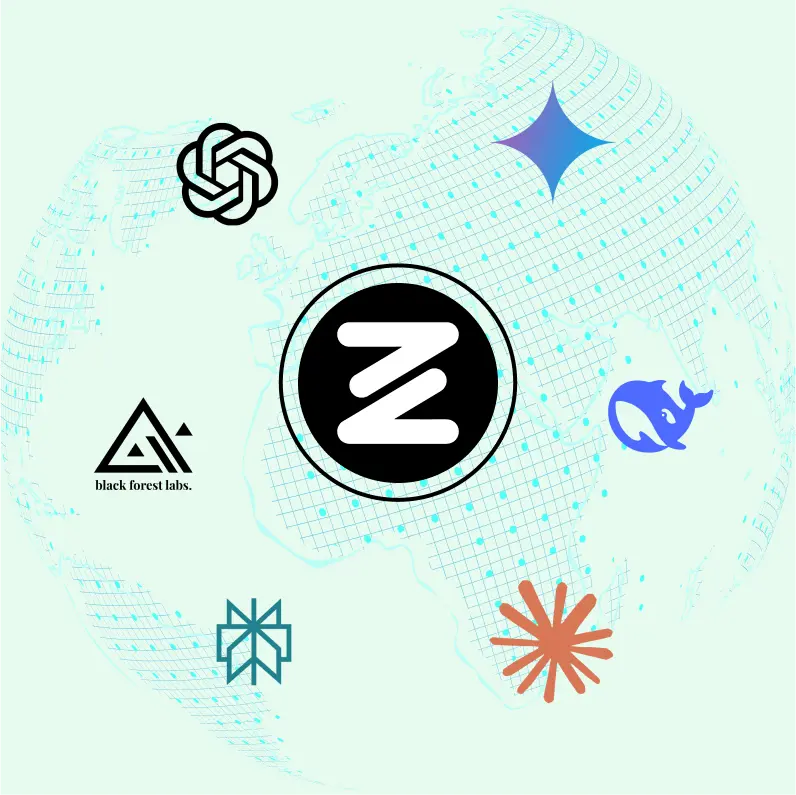
Speed run your documents
Upload documents to your Zemith library and transform them with AI-powered chat, podcast generation, summaries, and more
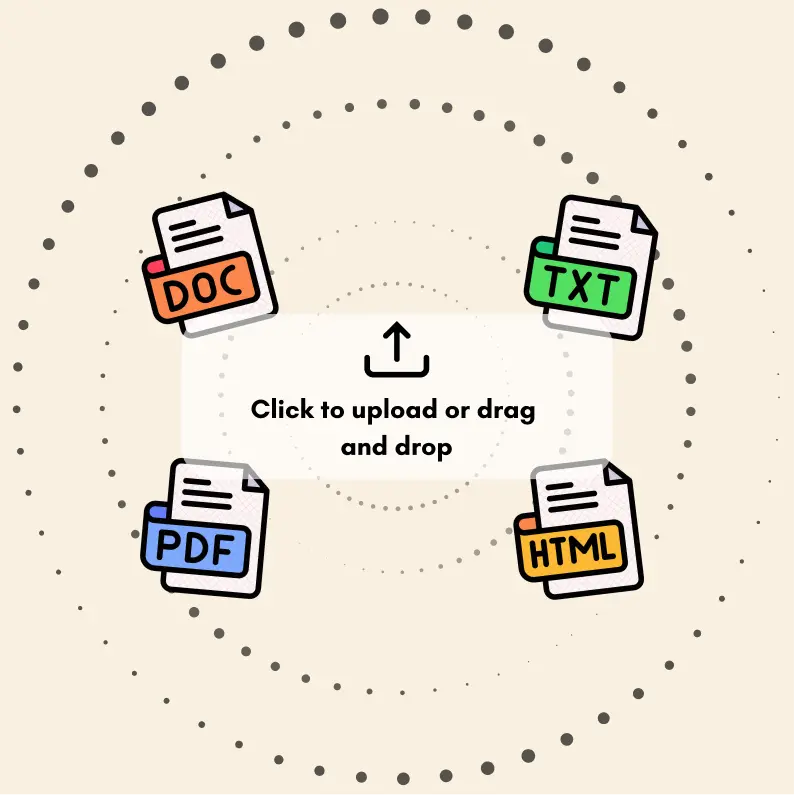
Transform Your Writing Process
Elevate your notes and documents with AI-powered assistance that helps you write faster, better, and with less effort
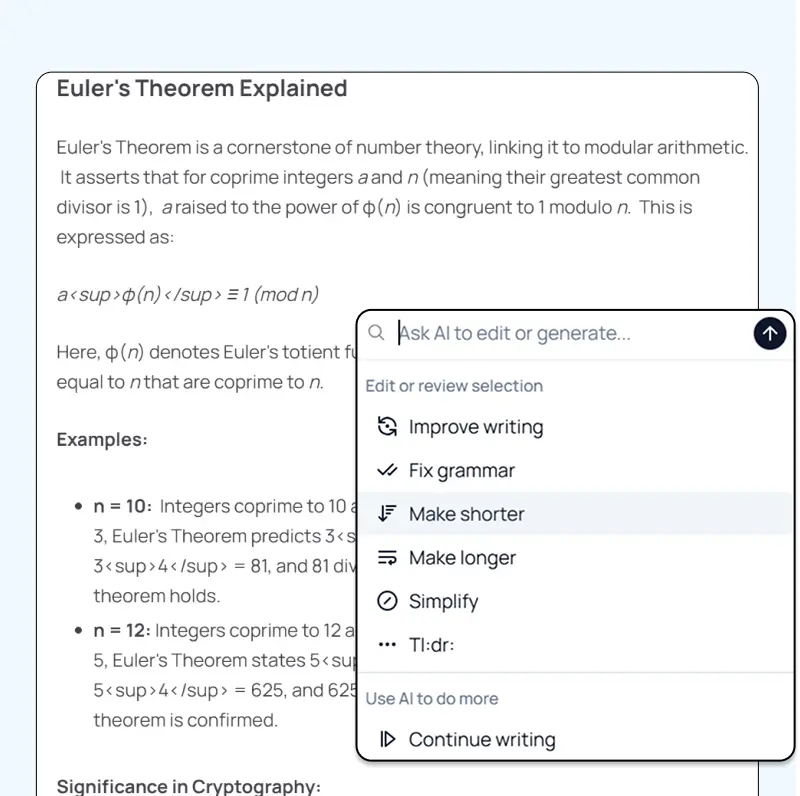
Unleash Your Visual Creativity
Transform ideas into stunning visuals with powerful AI image generation and editing tools that bring your creative vision to life
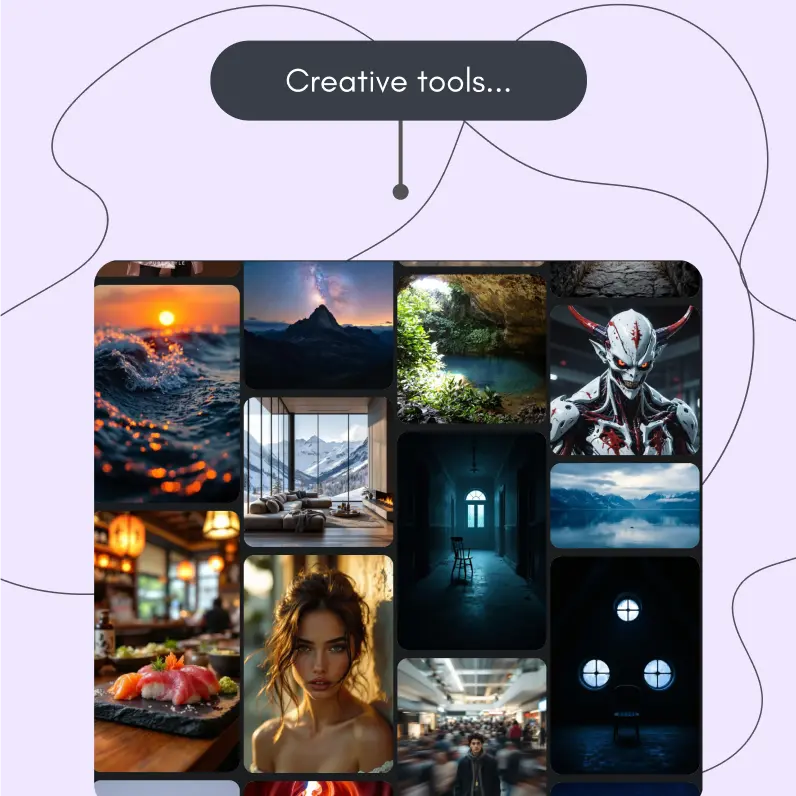
Accelerate Your Development Workflow
Boost productivity with an AI coding companion that helps you write, debug, and optimize code across multiple programming languages
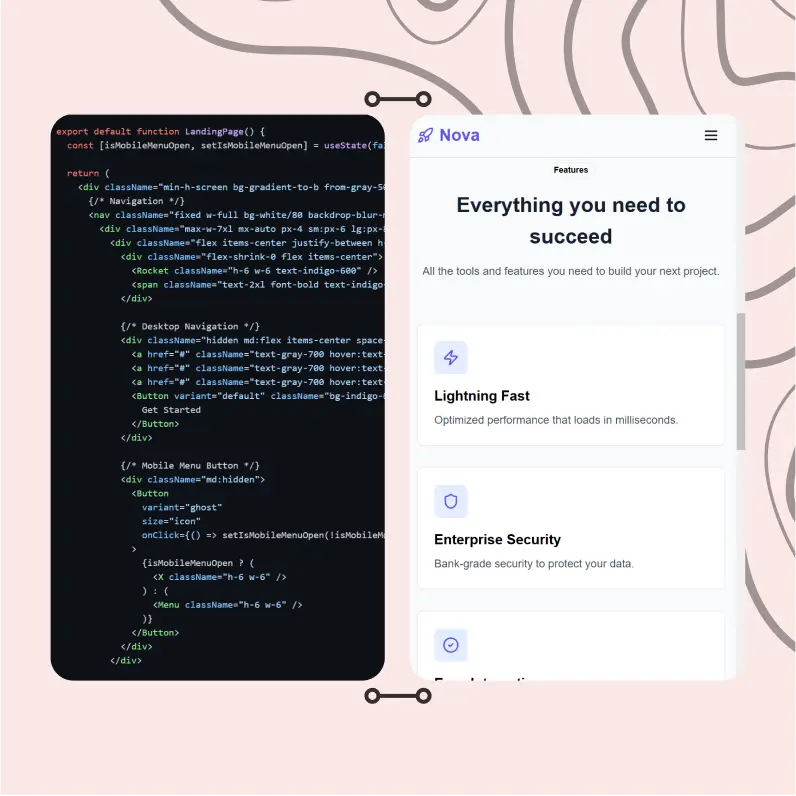
Powerful Tools for Everyday Excellence
Streamline your workflow with our collection of specialized AI tools designed to solve common challenges and boost your productivity
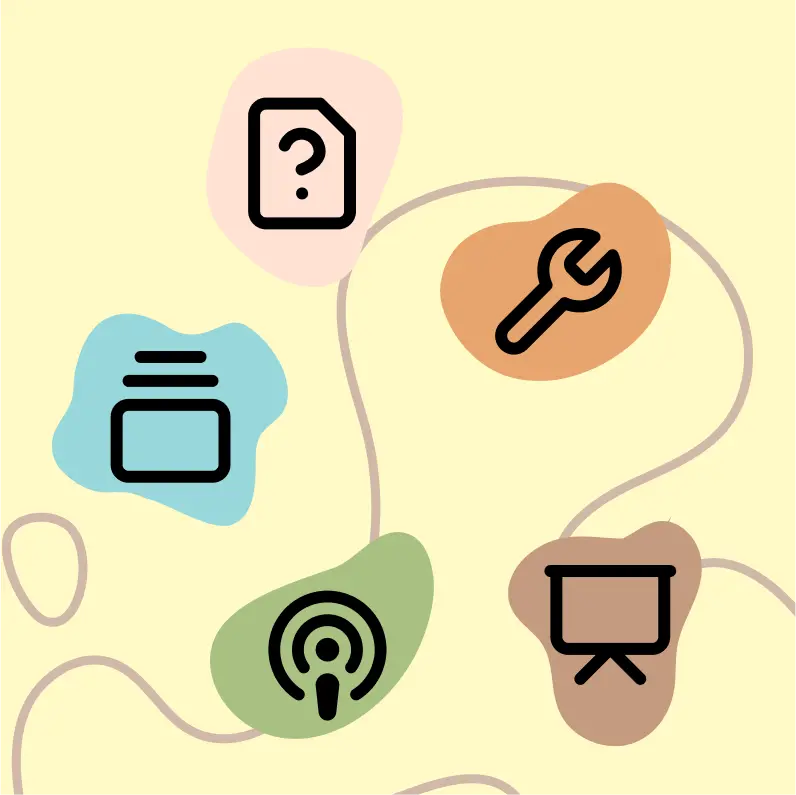
Live Mode for Real Time Conversations
Speak naturally, share your screen and chat in realtime with AI

AI in your pocket
Experience the full power of Zemith AI platform wherever you go. Chat with AI, generate content, and boost your productivity from your mobile device.

Deeply Integrated with Top AI Models
Beyond basic AI chat - deeply integrated tools and productivity-focused OS for maximum efficiency
Straightforward, affordable pricing
Save hours of work and research
Affordable plan for power users
Plus
- 10000 Credits Monthly
- Access to plus features
- Access to Plus Models
- Access to tools such as web search, canvas usage, deep research tool
- Access to Creative Features
- Access to Documents Library Features
- Upload up to 50 sources per library folder
- Access to Custom System Prompt
- Access to FocusOS up to 15 tabs
- Unlimited model usage for Gemini 2.5 Flash Lite
- Set Default Model
- Access to Max Mode
- Access to Document to Podcast
- Access to Document to Quiz Generator
- Access to on demand credits
- Access to latest features
Professional
- Everything in Plus, and:
- 21000 Credits Monthly
- Access to Pro Models
- Access to Pro Features
- Access to Video Generation
- Unlimited model usage for GPT 5 Mini
- Access to code interpreter agent
- Access to auto tools
- 10000 Credits Monthly
- Access to plus features
- Access to Plus Models
- Access to tools such as web search, canvas usage, deep research tool
- Access to Creative Features
- Access to Documents Library Features
- Upload up to 50 sources per library folder
- Access to Custom System Prompt
- Access to FocusOS up to 15 tabs
- Unlimited model usage for Gemini 2.5 Flash Lite
- Set Default Model
- Access to Max Mode
- Access to Document to Podcast
- Access to Document to Quiz Generator
- Access to on demand credits
- Access to latest features
- Everything in Plus, and:
- 21000 Credits Monthly
- Access to Pro Models
- Access to Pro Features
- Access to Video Generation
- Unlimited model usage for GPT 5 Mini
- Access to code interpreter agent
- Access to auto tools
What Our Users Say
Great Tool after 2 months usage
simplyzubair
I love the way multiple tools they integrated in one platform. So far it is going in right dorection adding more tools.
Best in Kind!
barefootmedicine
This is another game-change. have used software that kind of offers similar features, but the quality of the data I'm getting back and the sheer speed of the responses is outstanding. I use this app ...
simply awesome
MarianZ
I just tried it - didnt wanna stay with it, because there is so much like that out there. But it convinced me, because: - the discord-channel is very response and fast - the number of models are quite...
A Surprisingly Comprehensive and Engaging Experience
bruno.battocletti
Zemith is not just another app; it's a surprisingly comprehensive platform that feels like a toolbox filled with unexpected delights. From the moment you launch it, you're greeted with a clean and int...
Great for Document Analysis
yerch82
Just works. Simple to use and great for working with documents and make summaries. Money well spend in my opinion.
Great AI site with lots of features and accessible llm's
sumore
what I find most useful in this site is the organization of the features. it's better that all the other site I have so far and even better than chatgpt themselves.
Excellent Tool
AlphaLeaf
Zemith claims to be an all-in-one platform, and after using it, I can confirm that it lives up to that claim. It not only has all the necessary functions, but the UI is also well-designed and very eas...
A well-rounded platform with solid LLMs, extra functionality
SlothMachine
Hey team Zemith! First off: I don't often write these reviews. I should do better, especially with tools that really put their heart and soul into their platform.
This is the best tool I've ever used. Updates are made almost daily, and the feedback process is very fast.
reu0691
This is the best AI tool I've used so far. Updates are made almost daily, and the feedback process is incredibly fast. Just looking at the changelogs, you can see how consistently the developers have ...
